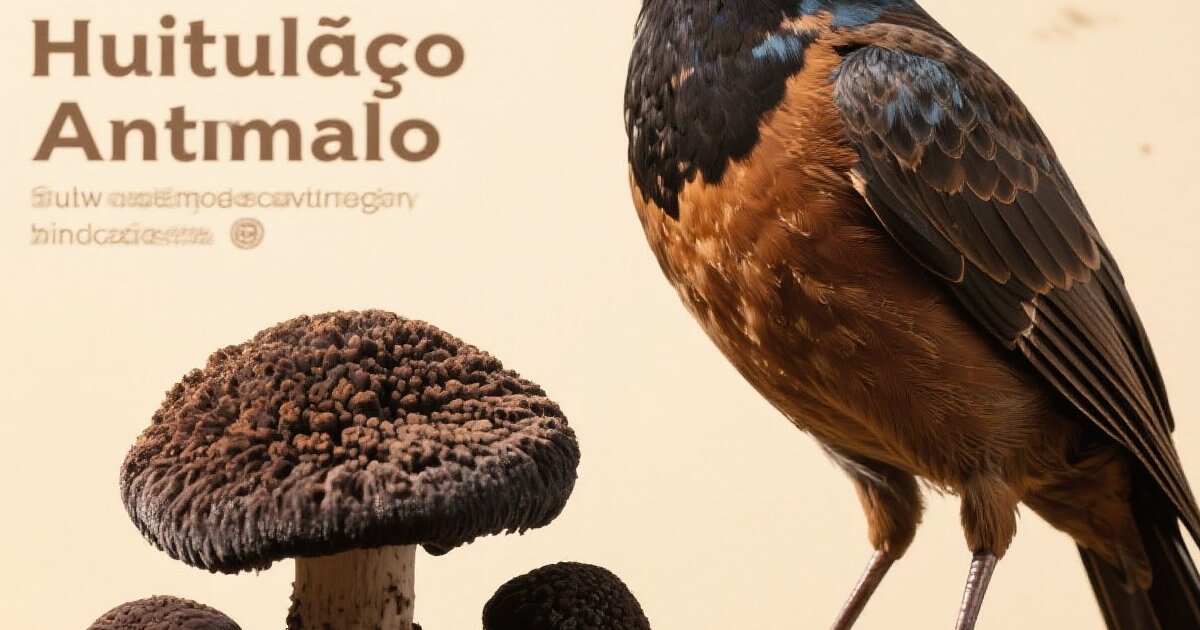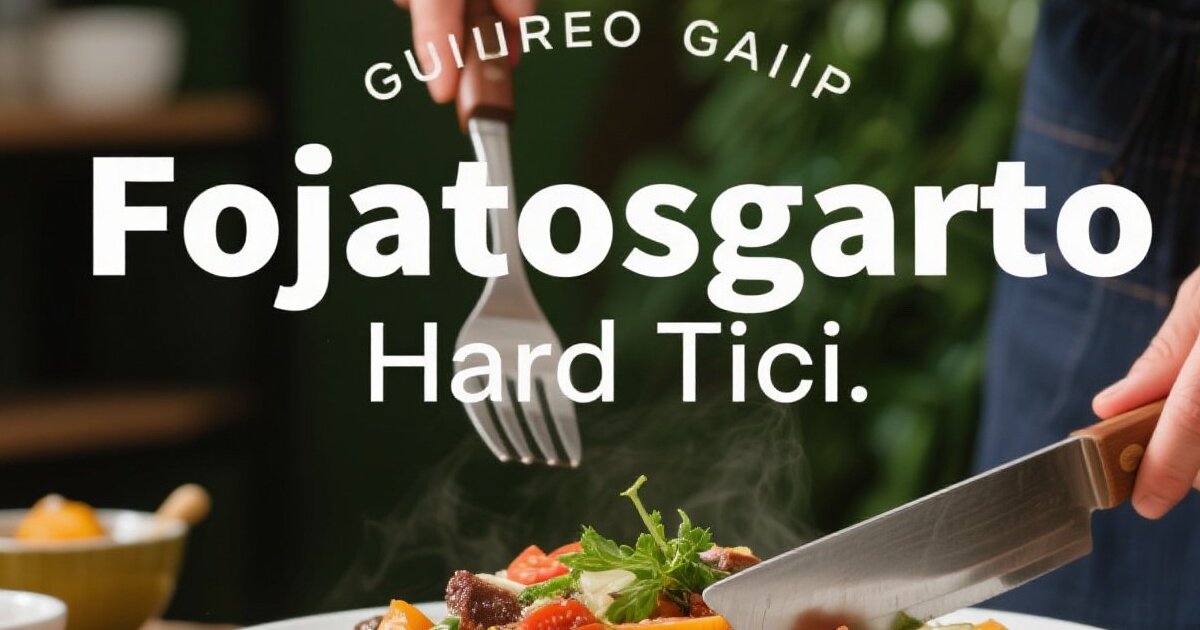1. Introduction: Decoding the Mystery of the “Huitlacoche Animal”
The term “Huitlacoche Animal” has long intrigued biologists, historians, and cultural enthusiasts alike. It combines two seemingly unrelated entities — a fungus and a bird — into one enigmatic concept. In truth, “Huitlacoche” primarily refers to Ustilago maydis, a parasitic fungus that grows on maize, forming dark, edible galls known as “corn smut.” On the other hand, the so-called “Huitlacoche bird”, known scientifically as Tityra inquisitor or the Black-Crowned Tityra, is a tropical species celebrated for its mimicry and melodious calls.
This confusion arises from centuries of linguistic and cultural blending. The Nahuatl-speaking peoples of ancient Mexico used symbolic language to describe natural cycles, while Spanish colonists often mistranslated native terms, merging myth and biology. The result was a dual identity — part fungal delicacy, part avian spirit.
This article explores both sides of the “Huitlacoche Animal”: the fungus that nourishes and heals, and the bird that sings and sustains ecosystems. Together, they form a living metaphor for Mexico’s deep relationship with nature, resilience, and rebirth.
2. The Etymology and Symbolism of “Huitlacoche”
The word “Huitlacoche” originates from the Nahuatl terms cuitla (excrement) and cochi (sleeping or pig). Translated literally, it can mean “sleeping excrement” or “pig’s excrement.” Though this may sound unappealing, ancient Nahua speakers used such expressions not to degrade nature, but to describe its transformative power.
For pre-Hispanic societies, decay and fertility were deeply connected — the death of one form of life nourished another. Thus, huitlacoche came to symbolize transformation, fertility, and regeneration. Later, during colonial times, linguistic confusion led to its name being associated with certain birds called Cuitlacochin, a reference to mockingbirds known for their songs. Over time, myth and biology blended, giving rise to the legend of the “Huitlacoche bird.”
Symbolically, huitlacoche represents renewal amid decay — a powerful metaphor in Mexican cosmology, where beauty often emerges from hardship. This duality mirrors the country’s enduring cultural spirit: resilient, adaptive, and profoundly creative.
3. The Real Huitlacoche Bird (Black-Crowned Tityra): Habitat and Behavior
The Black-Crowned Tityra (Tityra inquisitor) is a fascinating tropical bird that inhabits the forests of Mexico, Central America, and northern South America. This medium-sized bird thrives in lowland rainforests, secondary growth regions, and lush canopy ecosystems, where it contributes significantly to ecological health.
Behaviorally, the Huitlacoche Bird is known for its vocal mimicry — it can imitate the calls of over 20 species, creating complex soundscapes that dominate early morning forests. Its songs are used for communication, courtship, and defense, revealing a high level of intelligence.
Diet-wise, it is frugivorous and insectivorous, feeding primarily on fruits, berries, and insects. Through its feeding habits, the Tityra plays a crucial ecological role as both seed disperser and natural pest controller, helping maintain the health and regeneration of tropical forests. Its ability to adapt and thrive in changing habitats also reflects its ecological resilience — a quality shared symbolically with the huitlacoche fungus.
4. The Fungal Counterpart — Huitlacoche (Ustilago maydis)
In contrast to the bird, huitlacoche the fungus is a biological marvel in its own right. Scientifically known as Ustilago maydis, it infects corn plants, forming swollen gray-black galls that were once seen as a crop disease. However, modern science and cuisine have redefined huitlacoche as a nutrient-rich superfood, often called the “Mexican truffle.”
Nutritionally, huitlacoche contains high-quality proteins, lysine, fiber, and essential fatty acids — nutrients often missing in regular corn. It’s also packed with antioxidants, amino acids, and bioactive compounds that provide anti-inflammatory and immune-boosting benefits. Traditional healers have long used huitlacoche to aid digestion and skin health.
Today, it’s celebrated in fine dining for its earthy, smoky flavor — turning what was once an agricultural blight into a symbol of transformation and sustainability. Huitlacoche’s journey from fungus to delicacy mirrors Mexico’s cultural ability to turn adversity into abundance.
5. The Natural Encounter: When Birds and Huitlacoche Meet
Nature often reveals unexpected relationships, and the connection between birds and huitlacoche is a fascinating one. Some bird species, including blackbirds and sparrows, are known to feed on corn ears infected with huitlacoche, consuming both the fungal tissue and the insects within.
This interaction helps in the natural dispersion of fungal spores, indirectly supporting ecological balance. In this way, birds act as agents of regeneration, spreading the same fungus that symbolizes transformation.
From a symbolic perspective, this encounter represents harmony between living systems — the bird nourishes itself while helping the fungus perpetuate life. For indigenous Mexicans, this cycle reinforced a spiritual truth: all beings are connected in nature’s web of renewal.
6. A Symbol of Harmony: The Huitlacoche Bird’s Musical Legacy
The Huitlacoche Bird’s exceptional mimicry makes it a true “voice of the forest.” By replicating calls of multiple species, it acts as a living bridge between different forms of life. Scientists believe these vocal abilities help attract mates and deter predators, showcasing evolutionary intelligence.
Culturally, this songbird symbolizes unity, communication, and balance — mirroring how diverse elements in nature coexist in harmony. Indigenous myths often describe it as a messenger between worlds, a creature whose voice connects the spiritual and physical realms.
In essence, the Huitlacoche Bird embodies the Mexican spirit of synthesis — blending the natural, cultural, and mystical into one harmonious melody.
7. The Huitlacoche Bird as an Ecological Guardian
Beyond its beauty, the Huitlacoche Bird serves as an ecological protector. By feeding on insects such as grasshoppers and beetles, it helps control crop pests that threaten agricultural stability. Similarly, huitlacoche the fungus contributes to nutrient recycling, breaking down organic material and enriching soil fertility.
Together, bird and fungus demonstrate the cyclical wisdom of nature — each sustaining the other in unseen ways. This mirrors indigenous agricultural philosophies that emphasize coexistence, balance, and sustainability. In this way, the “Huitlacoche Animal” becomes more than biology — it’s an emblem of ecological harmony.
8. The Resilient Icon: Cultural and Spiritual Significance
In Mexican folklore, the Huitlacoche Bird often appears as a symbol of endurance and adaptability, thriving across diverse habitats from dense jungles to dry plains. It is viewed as a spirit of perseverance, embodying life’s ability to survive and evolve amid challenges.
Similarly, huitlacoche the fungus turns decay into nourishment, transforming imperfection into beauty. This transformation is deeply rooted in Mexican cultural identity, where adversity often gives rise to creativity — seen in everything from food to art.
Together, the bird and fungus form a dual symbol of resilience, reflecting Mexico’s profound relationship with nature, spirituality, and rebirth.
9. Conservation and Environmental Challenges
Despite their resilience, both the Huitlacoche Bird and fungus face modern threats. Rapid deforestation, urbanization, and climate change are shrinking tropical habitats, while monoculture farming limits the natural growth of huitlacoche on traditional maize varieties.
Conservation efforts must therefore focus on preserving forest ecosystems and sustainable agriculture. Agroecological research across Mexico and Central America emphasizes the need to balance farming with biodiversity. Additionally, community-based ecotourism and gastronomy projects can help protect these species by linking environmental protection to local economies.
Protecting the Huitlacoche Bird and fungus means protecting Mexico’s ecological and cultural legacy.
10. Facts and Figures: Quick Reference
- Scientific Name: Tityra inquisitor (bird); Ustilago maydis (fungus)
- Habitat Range: Mexico to Brazil
- Diet: Omnivorous (bird), parasitic biotroph (fungus)
- Cultural Range: Central and Southern Mexico, especially in Nahua and Mayan regions
- Conservation Status: Least Concern (bird), dependent on sustainable ecosystems
11. Conclusion: The Harmony Between Bird, Fungus, and Culture
The “Huitlacoche Animal” is more than a linguistic curiosity — it is a living metaphor for coexistence. The Black-Crowned Tityra represents life and movement in the skies, while huitlacoche embodies transformation and nourishment on the earth. Together, they symbolize the balance between creation and decay, nature and culture, sound and silence.
By studying these two forms of life together, we uncover deep lessons about sustainability, respect for nature, and cultural continuity. Supporting conservation and celebrating huitlacoche cuisine are small yet powerful ways to honor this harmony — a reminder that life’s greatest beauty often grows from its deepest transformations.
12. Bonus Insight: Huitlacoche in Modern Culture
Today, huitlacoche has found a place in eco-gastronomy, sustainable farming, and global cuisine. Renowned chefs celebrate it as a Mexican superfood, while artists and environmentalists use the Huitlacoche Bird’s image in paintings, keychains, and educational campaigns to promote biodiversity awareness.
This renewed interest showcases Mexico’s enduring genius: transforming heritage, ecology, and art into one living narrative. Whether tasted, heard, or seen, the Huitlacoche Animal remains a timeless emblem of resilience, unity, and natural wonder.











Leave a Reply